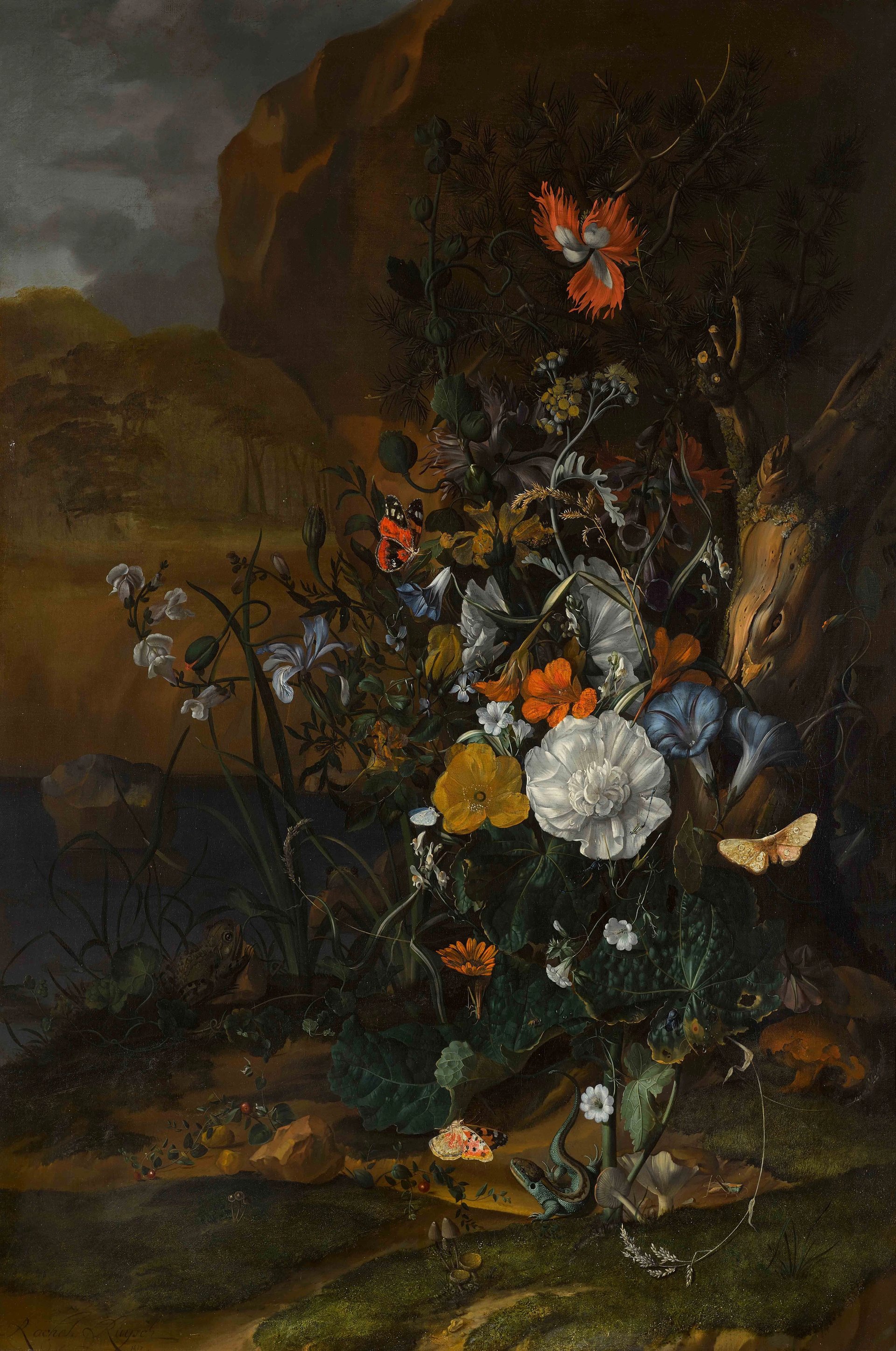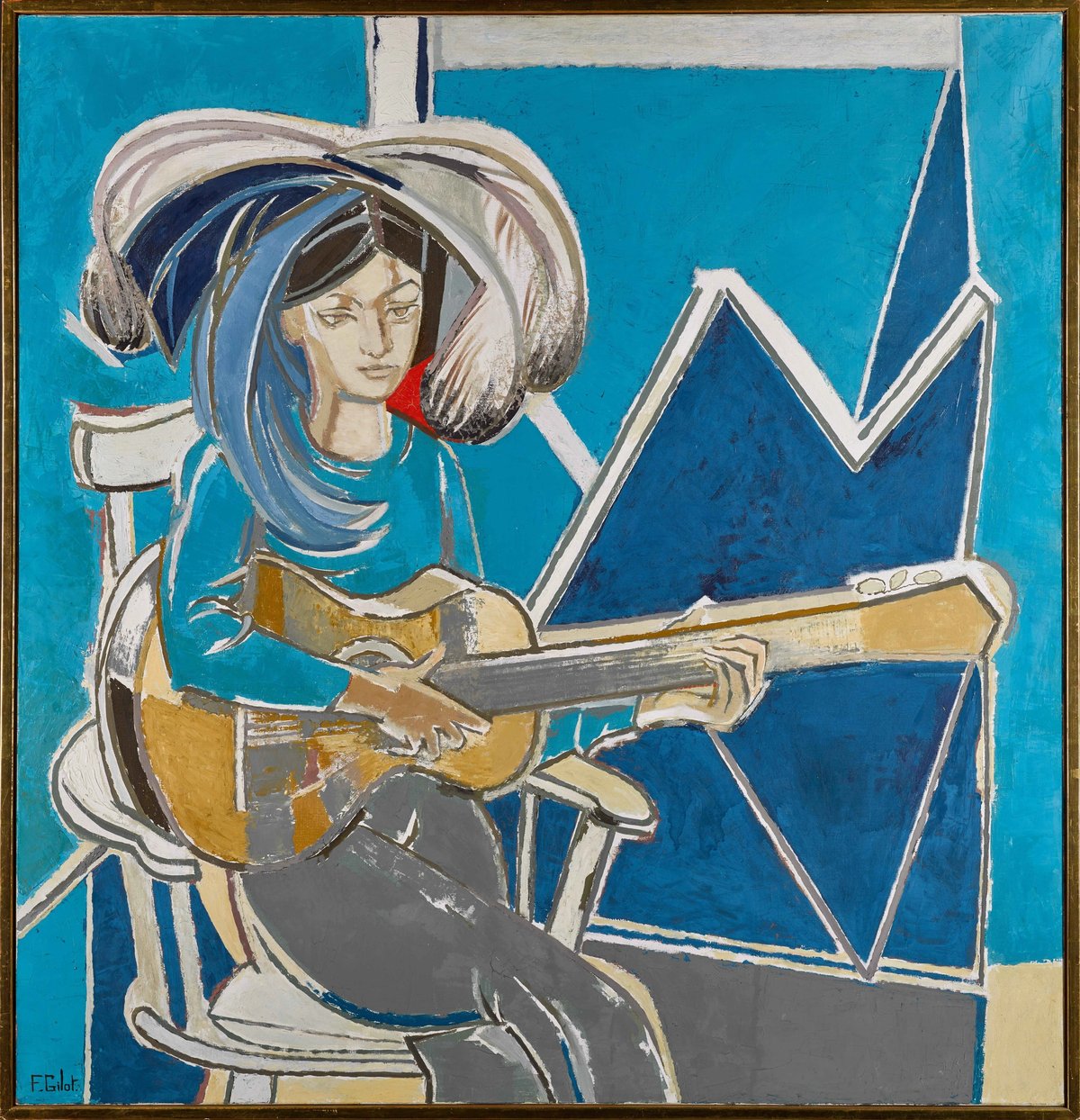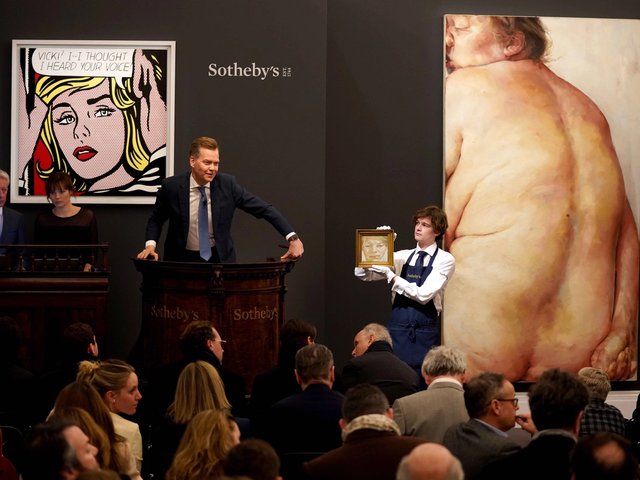“Women artists. There is no such thing—or person,” the Surrealist artist Dorothea Tanning once said. “It’s just as much a contradiction in terms as ‘man artist’ or ‘elephant artist’. You may be a woman and you may be an artist, but the one is a given and the other is you.”
One can only imagine her response, then, to being included in Sotheby’s first auction dedicated solely to female artists next month.
The sale, titled (Women) Artists—the parentheses an apparent nod to the gender classification debate—will span the 17th to the 21st centuries and include painting, prints, sculpture and design. Demand is rising, it would seem, but not enough to warrant a live auction in a prime evening spot. Instead, the sale will run online from 20 to 27 May.
Holding a segregated auction for women is, perhaps, a catch-22.
As Sotheby’s head of day sales, Marina Ruiz Colomer, puts it: “We all feel slightly conflicted, but, as an auction house, we want to celebrate women artists and be part of the discourse about artists who happen to be women. It’s a conversation we have been having at Sotheby’s for years.”
Cultural biases, an imbalance in parenting responsibilities and a lack of representation in the art world have all led to female artists being chronically undervalued. Vainglorious husbands are another reason.
Several women in the sale were married to artists who eclipsed them during their lifetimes. Tanning, whose auction record is $1.2m, was married to another Surrealist, Max Ernst, whose top price is $16.3m—though, like Tanning, Ernst was a great advocate for equality. Throughout her life, Tanning strove to not be defined by her relationship, once stating: “I never heard him [Ernst] use the word ‘wife’ in regard to me. He was very sorry about that wife thing.”
Consignments are still open, but, as it stands, Tanning’s brooding canvas, The Witch (1950), is the top lot of the sale, with an estimate of £220,000 to £320,000.
Françoise Gilot, whose line drawings rival those of her former lover Pablo Picasso, is represented in the Sotheby’s sale with a painting of Paloma—one of two children she had with Picasso. The accomplished semi-abstract work, Paloma a la Guitare (1965) is expected to fetch £120,000-£180,000.

Rachel Ruysch's Florest floor still life with a pool (1687) Courtesy of Sotheby's
Gilot had ambitions to make a name for herself as an artist, but, as her memoir, Life with Picasso recounts, the older artist eventually persuaded her to abandon her family and move in with him. Straight away, Gilot became his student, partner and assistant, though she did leave Picasso a decade later.
Seven works from the Cuban-American performance artist Ana Mendieta’s 1972 Facial Hair Transplants series are on the block for £25,000 to £35,000. Mendieta’s promising career was cut short when she died in 1985 at 36; her husband, the sculptor Carl Andre, was accused of pushing her out of a window of their 34th-floor New York apartment but was acquitted of murder charges.
Not all women lagged behind the men in their lives, however. The work of 17th-century Dutch painter, Rachel Ruysch, overshadowed that of her husband Juriaen Pool. Their records stand at $2.5m and $6,263, respectively.
Ruysch purportedly delayed marriage to focus on her career until meeting Pool in her 30s. Even after marriage, Ruysch continued to sign her paintings with her maiden name and, though she had ten children, continued painting until her 80s. Pool, meanwhile, gave up his own career in light of her talent.
Ruysch’s Forest floor still life with a pool (est. £150,000-£200,000) is the earliest piece in the sale. Painted at the age of 22 in 1687, it has not been seen since it was acquired in The Hague in the 1950s.
Plenty of lip service has been paid in recent years to increasing the visibility of female artists, and there is some evidence to suggest their prices are rising in tandem with a greater focus on women in exhibitions, books and the media.
According to Sotheby’s art indices Mei Moses, over the past five years, prices for female artists have grown by 32% and have outpaced growth for male artists by 29%. The contemporary and Old Master markets have seen particular growth, with prices for female artists outpacing growth for male by 49% in the contemporary market, and by 45% in the Old Master and 19th-century markets.
Nonetheless, it is still true that only two works by women have ever broken into the top 100 auction sales for paintings, despite women being the subject matter for around half of the top 25. Equality is still some way off, it would seem.





